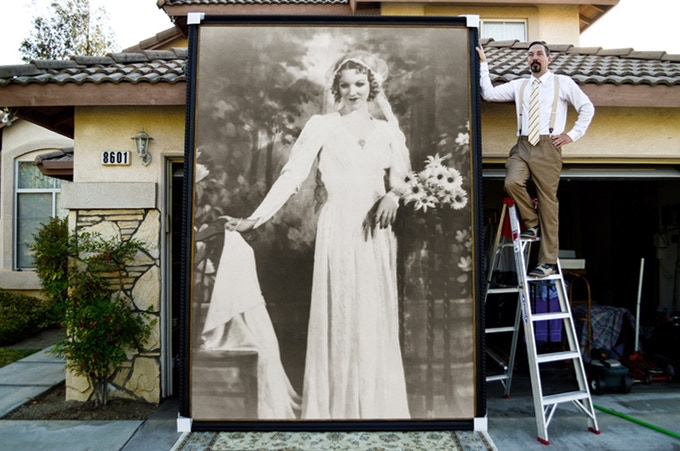Last Updated on 10/04/2017 by Chris Gampat
Image by Joseph J. McAllister from Cyanotype Project v2.0 on Kickstarter
Been itching to learn how to make cyanotype images? Sure, YouTube holds plenty of learning resources for you. We even shared a tutorial that can help you learn the ropes of this traditional process right in the comfort of your own home. But what if you want to go up one level and make big prints?
Photographer Joseph J. McAllister, who specializes in alternative photography processes such as wet plate collodion and cyanotypes, has you covered. Through a Cyanotype Project v2.0 which he aims to get funded through Kickstarter, Joseph plans to run an extensive masterclass on how to print large scale photographic images through the cyanotype process. And by large scale, he means 10-foot prints, which he believes is the perfect size for gallery displays.
Though this project, Joseph wants to go beyond the basics of learning the process and help aspiring artists to decide what they want to print (portraits, landscapes, fashion, still life, macro, street, etc.), the material they want to use (paper, cotton, silk, colored fabrics), and what to tone the image with (coffee, tea, hydrogen peroxide, etc.). With countless combinations for printing, this class offers a myriad of possibilities.
You may be curious, though. Why go as big as 10 feet for this traditional printing process? For Joseph, this is the perfect size for display in galleries’ spacious walls, and roomy art spaces. Put together 10-20 prints and you’ll have a collection that will surely catch viewers’ attention.
What do you get for backing this large scale cyanotype project? Project supporters who donate $40 and up will get an exclusive access to Cyanotype 101 for 10-foot prints (with online video workshops and PDF instructions), so you can learn how to make these massive prints yourself. He also plans to set up a public viewing of the three 7×10 ft cyanotype prints he’ll make out of this project, and make a YouTube-based reality TV mini-series for educational purposes.


